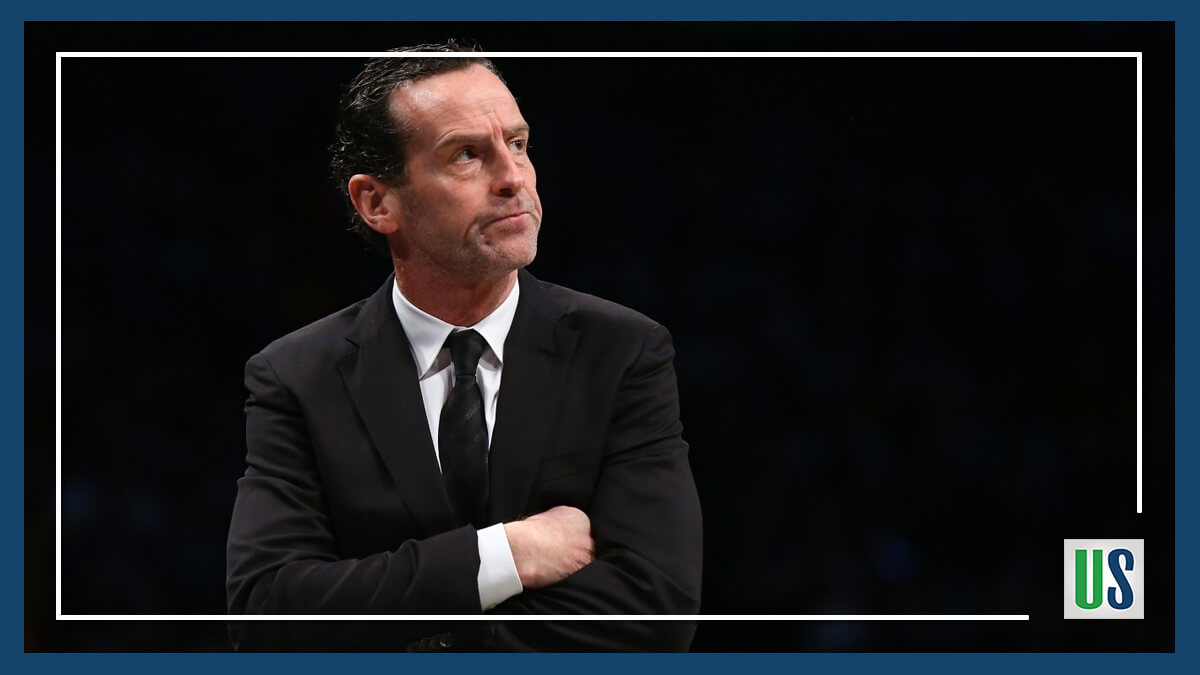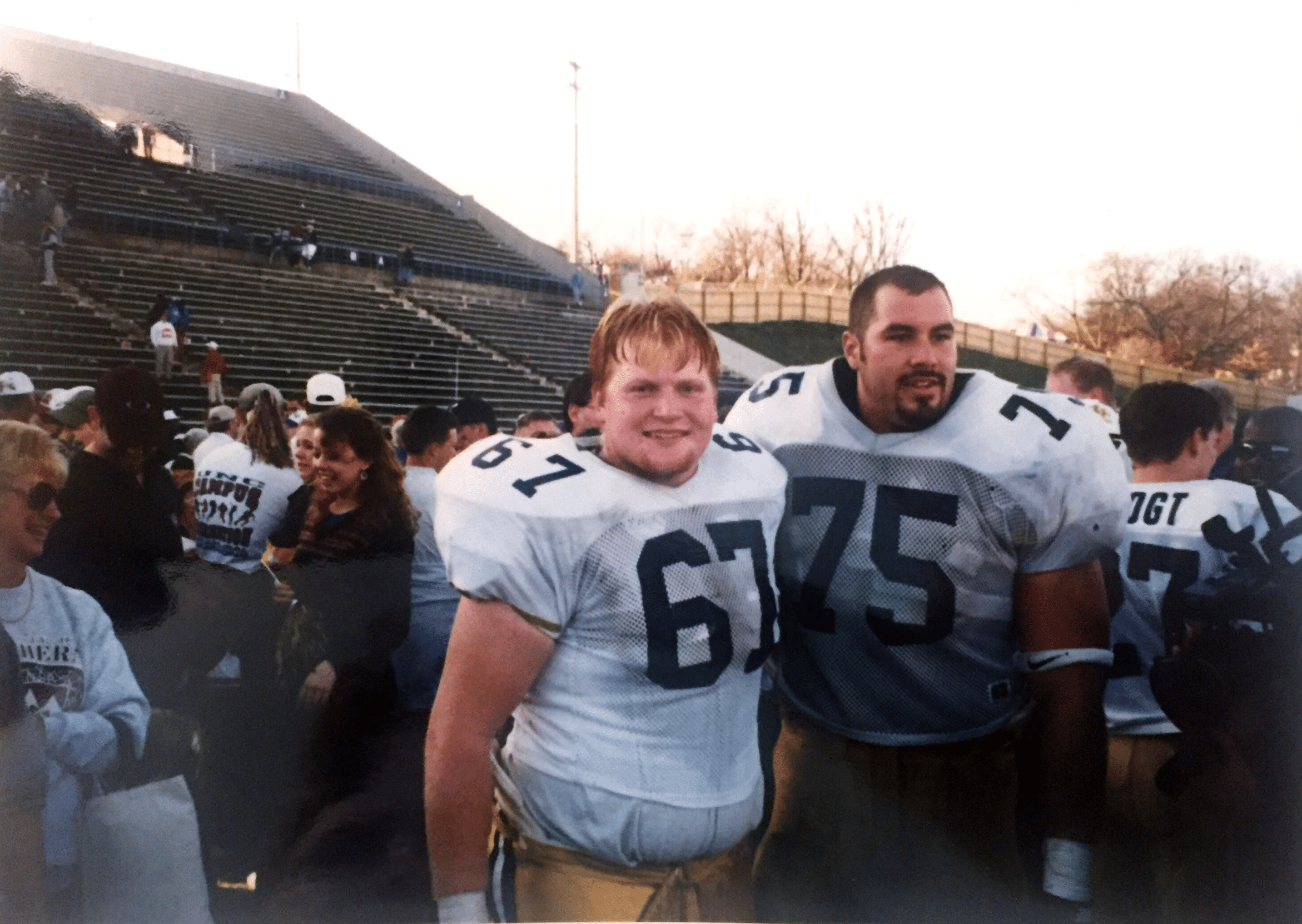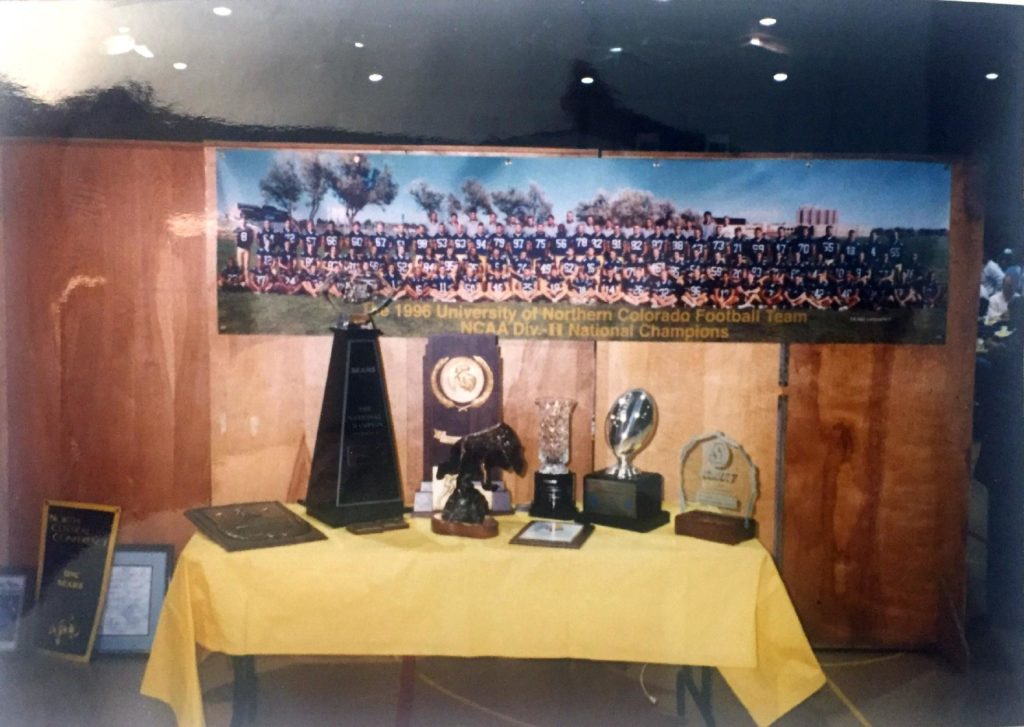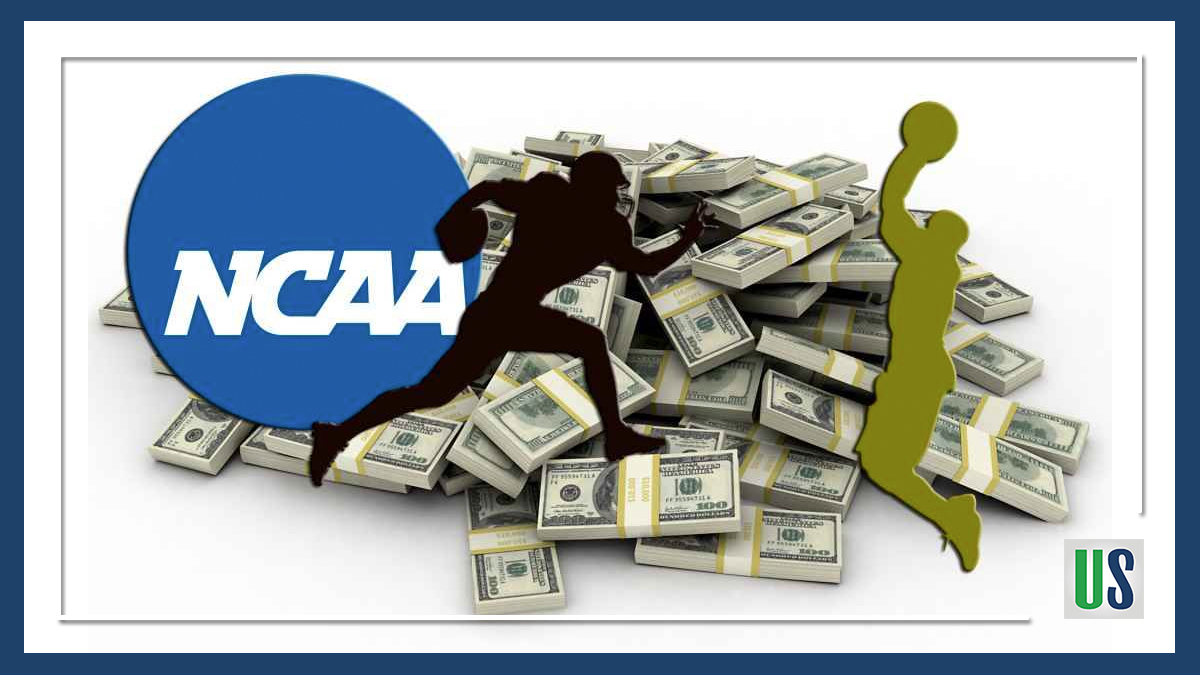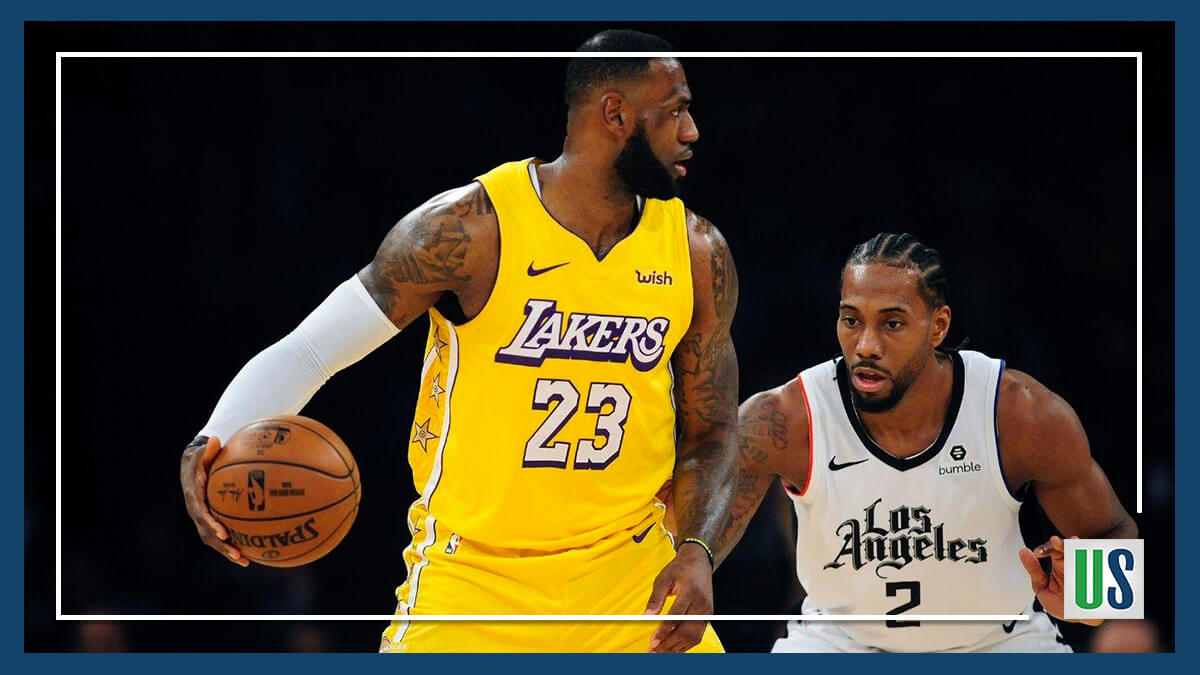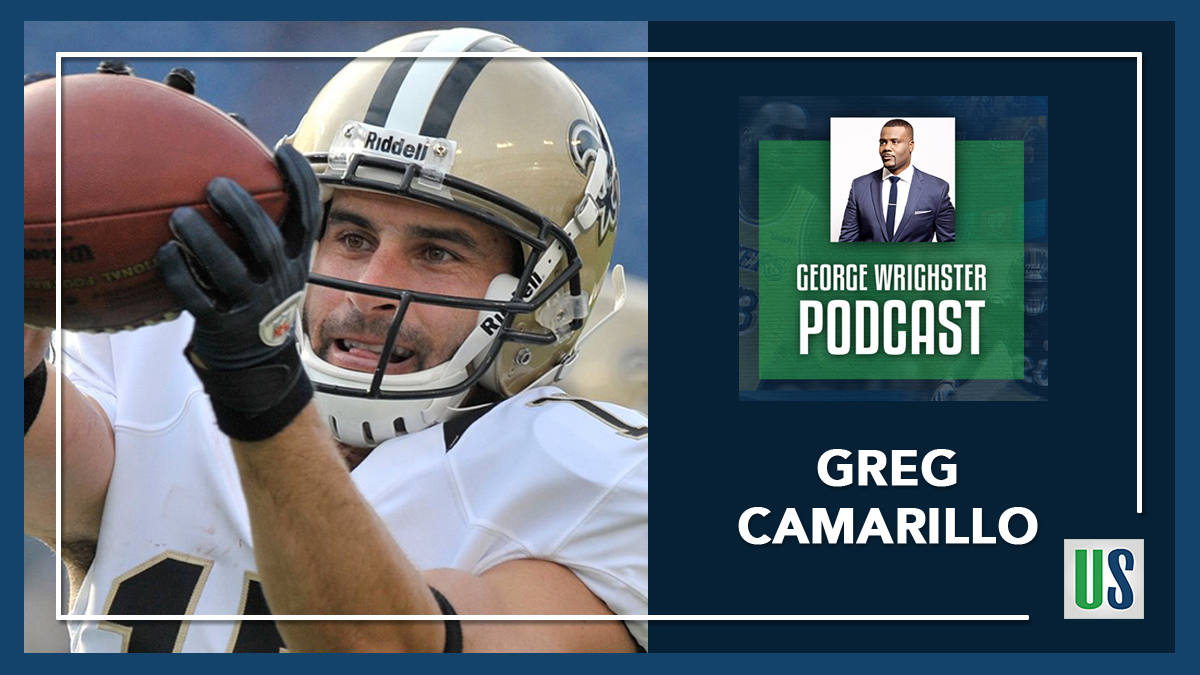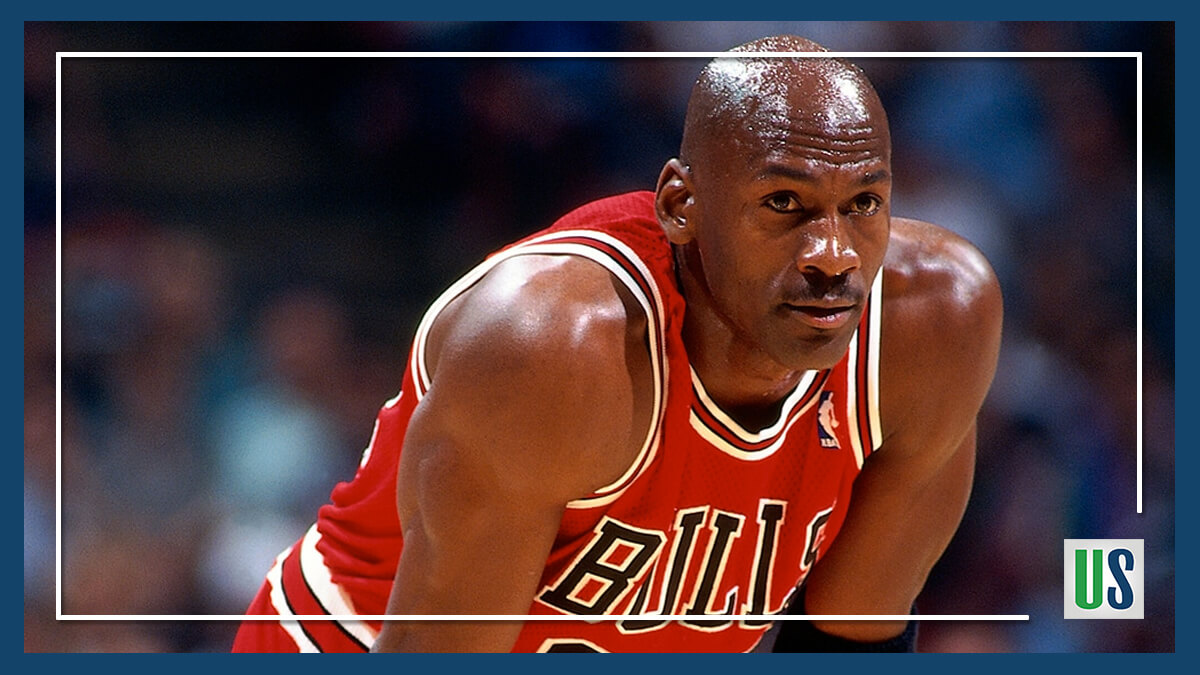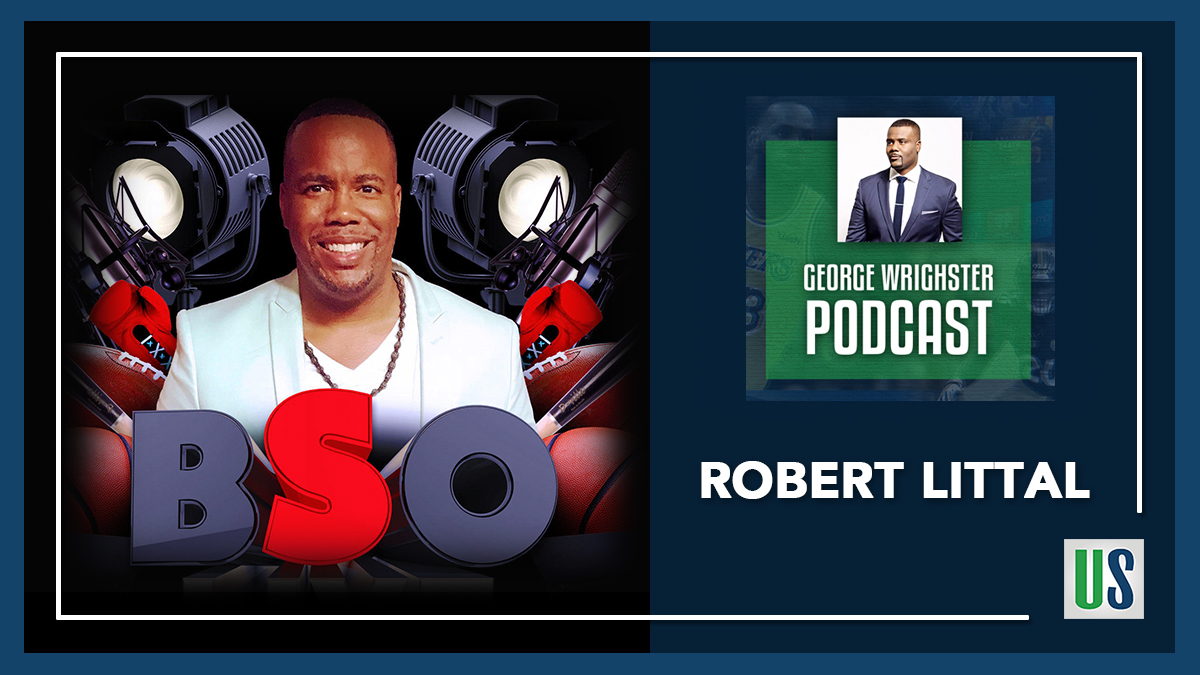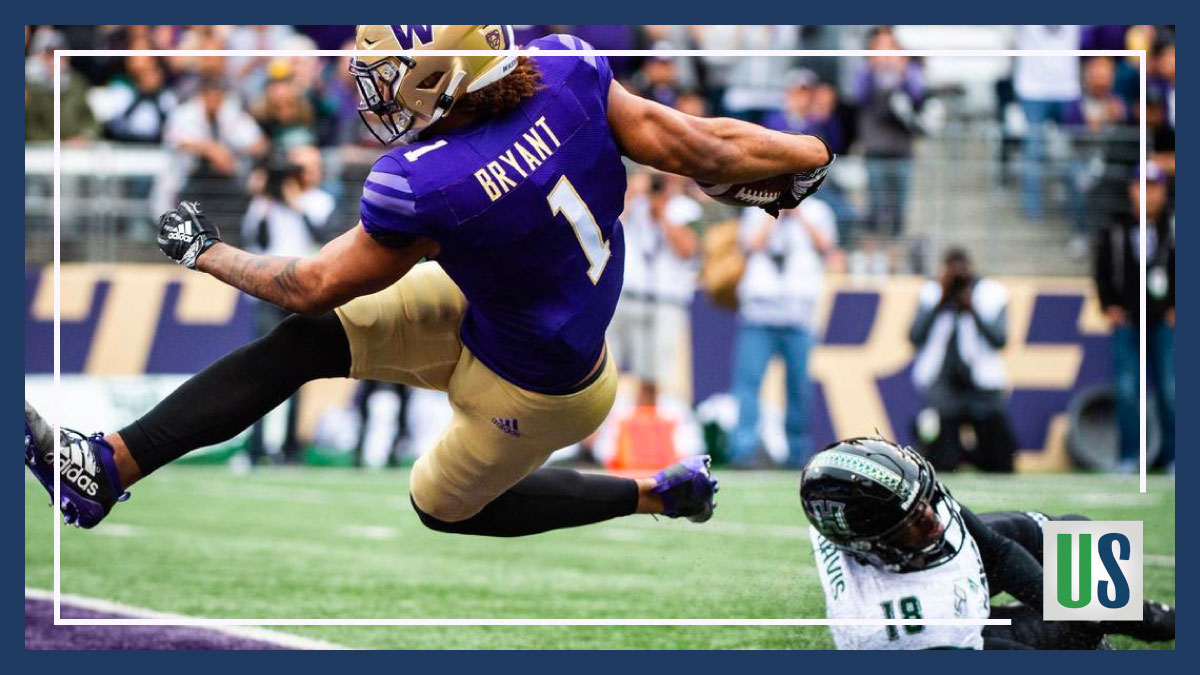For years, basketball historians have said that the free throw is the easiest shot in basketball. Obviously, these historians never watched Wilt Chamberlain, Shaquille O’Neal, and Dwight Howard on the free-throw line. Because of its close proximity to the basket, the layup should be considered the easiest shot. It’s almost automatic especially if uncontested. When it comes to coaching searches, the New York Knicks have their version of a layup in Kenny Atkinson.
When Atkinson took the Brooklyn Nets job in 2016, it was nothing short of an uphill battle. With inexperienced players and little draft capital, walking on water seemed easier than rebuilding the Nets. However, not only did Atkinson achieve some success, he overachieved. In three full seasons with Atkinson, the Nets won 20, 28, and 42 games, with the latter resulting in a playoff appearance. More importantly, Atkinson turned D’Angelo Russell into an all-star and developed Caris LeVert, Spencer Dinwiddie, Joe Harris, and Jarrett Allen into integral players.
I have a love/hate relationship with the word,” culture.” What does it even mean to establish a successful and winning culture? Winning teams can have a bunch of assholes and degenerates like the 1986 New York Mets or star players at odds with its owner like the 2016 Cleveland Cavaliers. Does that mean they have the best culture? Regardless of your feelings, Atkinson successfully created a culture with the Nets, where young players flourished and grew as professionals.
The Nets’ improvement is why Atkinson’s firing, or forced resignation, this past March was surprising. Some of the players reportedly wanted Atkinson gone. Once the Nets signed Kevin Durant, it became clear that whatever Durant and Irving wanted, they would get including their coach of choice. Although both Durant and Irving had kind words to say about Atkinson, let’s call a spade a spade. If Kyrie and KD backed Atkinson, he would still be the coach.
The Nets’ loss could be another team’s gain as Atkinson will certainly be a top target for teams without a head coach including the Knicks. Atkinson is exactly what the Knicks need right now. The Knicks must hire a coach who can develop young stars like RJ Barrett, Kevin Knox, and Mitchell Robinson and revitalize the careers of underappreciated talents such as Julius Randle. Atkinson is familiar with MSG thanks to his tenure as a Knicks assistant coach from 2008-2012. Plus, Atkinson’s emphasis on quality threes & layups, guard dominance, and team defense is a system that works in today’s NBA. For a franchise with seven straight losing seasons, adapting to today’s playing style might be the way to go, just saying.
With the NBA season set to restart its season on July 31, the Knicks coaching search has officially begun since they were not one of the 22 teams invited to Orlando. Although Atkinson is a target, he’s not at the top of the list for the Knicks. According to Shams Charania, Tom Thibodeau is the leader in the clubhouse for the head coaching position. Thibs has ties to the Knicks, having served as an assistant coach from 1996-2004. In his eight seasons as a head coach for the Chicago Bulls and Minnesota Timberwolves, Thibs accumulated over 350 wins and only missed the playoffs twice.
Thibs is a smart coach with an elite defensive strategy who can win basketball games. There’s no denying that. That being said, his coaching style only works for a specific set of players. It has worked with players like Jimmy Butler. Specifically, Thibs has a tendency to overwork players in brutal practices followed by top guys logging a high amount of minutes. Thibs probably vomits in his mouth every time he hears the term, “load management.” That worked for players like Jimmy Butler. It didn’t work for young stars like Karl-Anthony Towns.
The Knicks need tough love. This is a franchise that’s won only one playoff series since 2000. Maybe Thibodeau is exactly what the Knicks need. Priority number one as the Knicks head coach will be to develop young talent. No star will ever come to New York if the coach can’t build winning players. Instead of taking a risk on a coach who mishandled a roster and hasn’t adapted to how the game’s played in 2020, choose the coach that grew a culture from the ground up and created the blueprint for how to attract stars to an organization. Take the layup and hire Kenny Atkinson.
Who would you hire as the next head coach of the Knicks? Leave your thoughts in the comments below.

